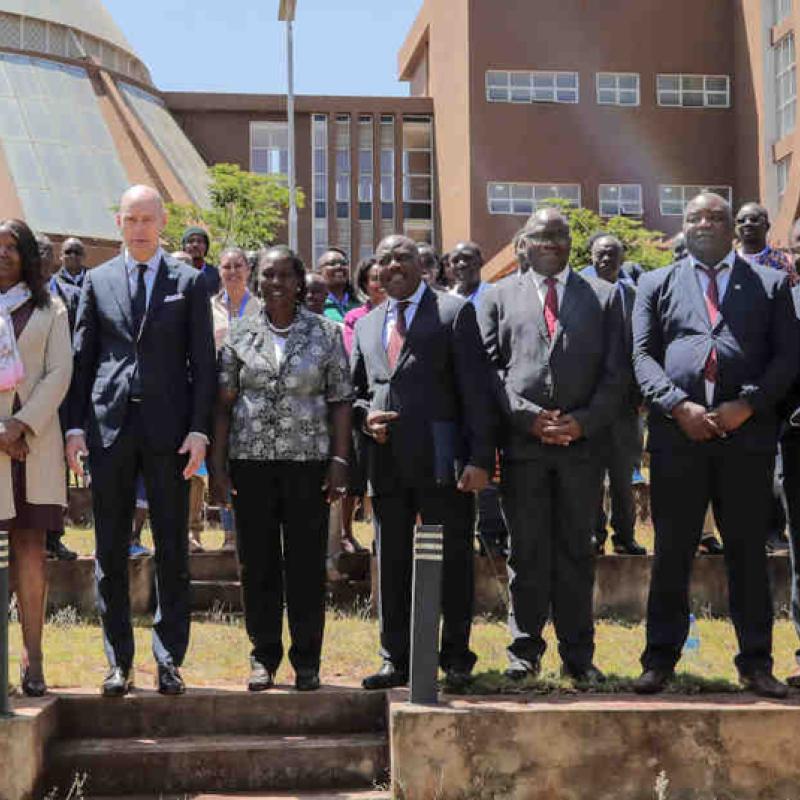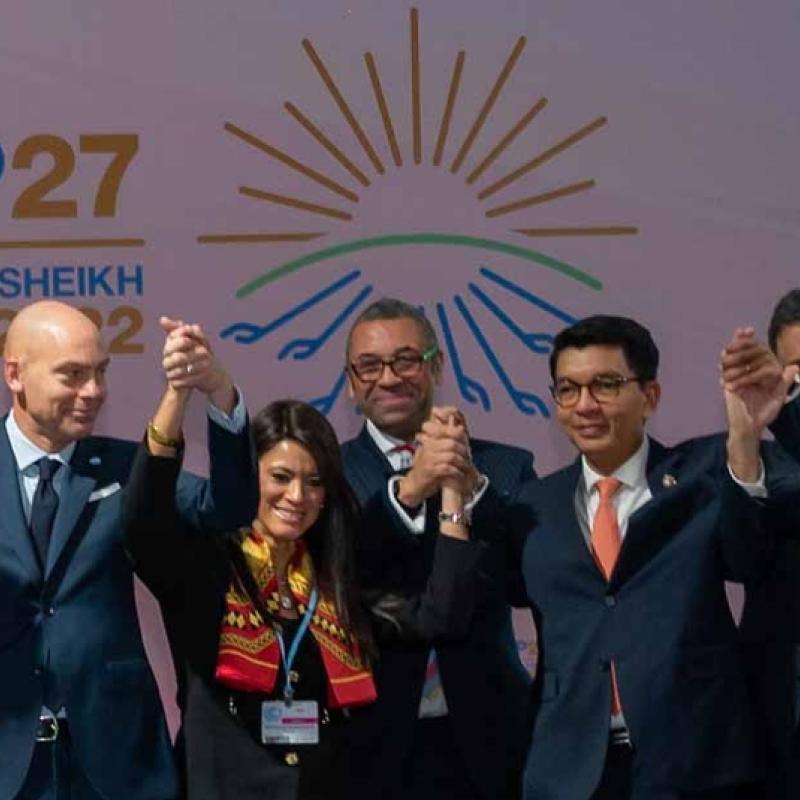Image

News Articles
Displaying 1 - 5 of 5
Global Center on Adaptation, AfDB host regional forum on the future of resilient food systems in Africa
Tanzania
Kenya
Uganda
Rwanda
Burundi
Democratic Republic of Congo
South Sudan
Ethiopia
Global Leaders Rally Support and Finance for the Africa Adaptation Acceleration Program to Tackle Climate Change in Africa
Côte d’Ivoire
Senegal
Egypt
Netherlands
United Kingdom
African Development Bank Group approves $379.6 million Desert to Power financing facility for the G5 Sahel countries
Burkina Faso
Chad
Mali
Mauritania
Niger
African, other world leaders gather for largest summit on climate adaptation at COP26
United States
Democratic Republic of Congo
United Kingdom
Comoros
Netherlands
Global and African Leaders Welcome Launch of GCA Africa as “Historic Moment to Accelerate Adaptation” on the Continent
Côte d’Ivoire
Senegal
Egypt
Netherlands
United Kingdom




